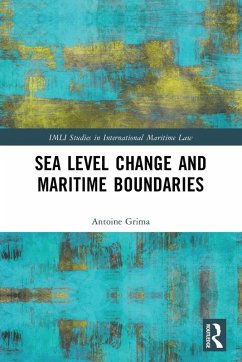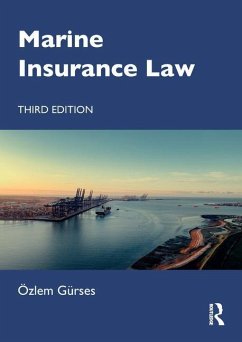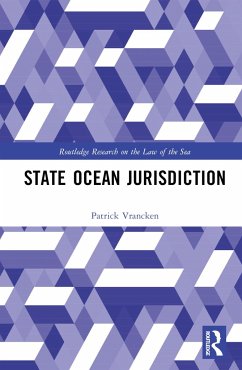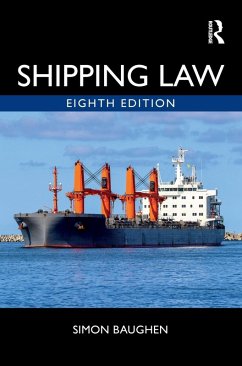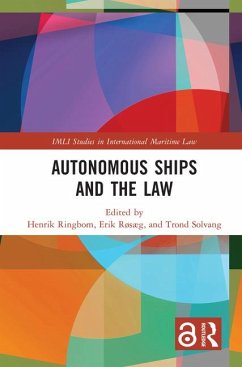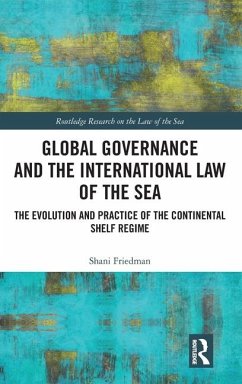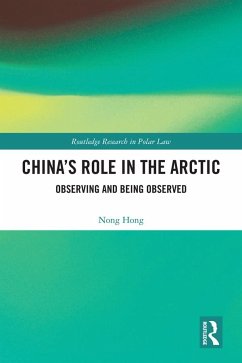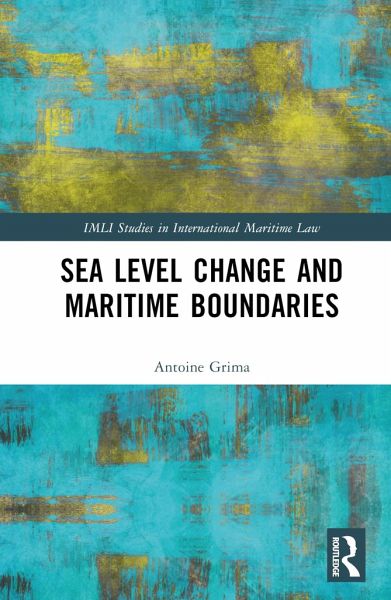
Sea Level Change and Maritime Boundaries
Versandkostenfrei!
Versandfertig in 1-2 Wochen
152,99 €
inkl. MwSt.
Weitere Ausgaben:

PAYBACK Punkte
76 °P sammeln!
Climate change is modifying, in varying measure, the coastal geography of States. The phenomenon is not temporary but is expected to carry on during the 21st century and beyond.





